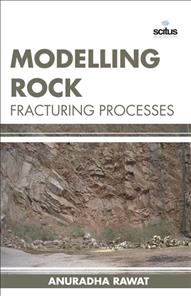Hydraulic fracturing is a well-stimulation technique in which rock is fractured by a pressurized liquid. The process involves the high-pressure injection of ‘fracking fluid’ (primarily water, containing sand and other proppants suspended with the aid of gelling agents) into a wellbore to create cracks in the deep-rock formations through which natural gas, petroleum, and brine will flow more freely.
This book describes a unique approach using the principles of rock fracture mechanics to investigate the behaviour of fractured rock masses for rock engineering purposes. Rock fracture mechanics, a promising outgrowth of rock mechanics and fracture mechanics, has developed rapidly in recent years, driven by the need for in-depth understanding of rock mass failure processes in both fundamental research and rock engineering designs. Today, as rock engineering extends into many more challenging fields (like mining at depth, radioactive waste disposal, geothermal energy, and deep and large underground spaces), it requires knowledge of rock masses, complex coupled thermal hydraulic chemical mechanical processes. Rock fracture mechanics play a crucial role in these complex coupled processes simply because rock fractures are the principal carrier and common interface. To date, the demand for rock fracture mechanics based design tools has outstripped the very limited number of numerical tools available.
The book also presents the fundamentals of thermo-mechanical coupling and hydro-mechanical coupling. Formulations of multiple regional mechanical, thermal and hydraulic functions, which allow analyses of fracture mechanics problems for structures made of brittle, rock-like materials, are provided. In addition, instructive examples of code verification and applications are presented.













